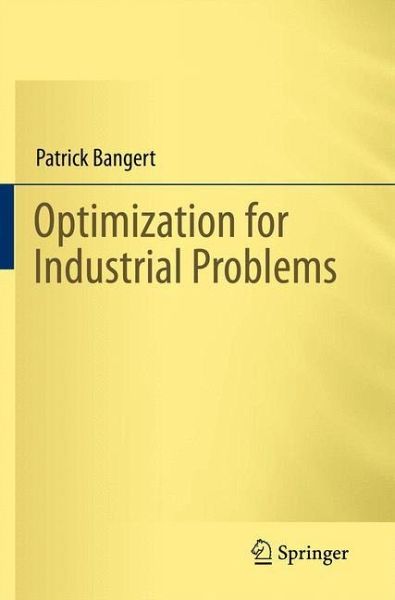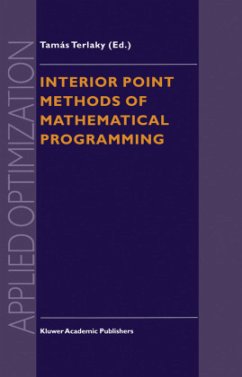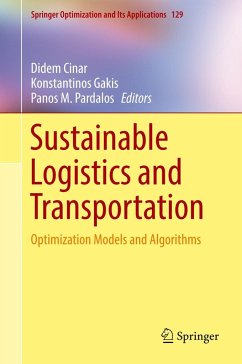
Optimization for Industrial Problems

PAYBACK Punkte
19 °P sammeln!
Industrial optimization lies on the crossroads between mathematics, computer science, engineering and management. This book presents these fields in interdependence as a conversation between theoretical aspects of mathematics and computer science and the mathematical field of optimization theory at a practical level. The 19 case studies that were conducted by the author in real enterprises in cooperation and co-authorship with some of the leading industrial enterprises, including RWE, Vattenfall, EDF, PetroChina, Vestolit, Sasol, and Hella, illustrate the results that may be reasonably expecte...
Industrial optimization lies on the crossroads between mathematics, computer science, engineering and management. This book presents these fields in interdependence as a conversation between theoretical aspects of mathematics and computer science and the mathematical field of optimization theory at a practical level. The 19 case studies that were conducted by the author in real enterprises in cooperation and co-authorship with some of the leading industrial enterprises, including RWE, Vattenfall, EDF, PetroChina, Vestolit, Sasol, and Hella, illustrate the results that may be reasonably expected from an optimization project in a commercial enterprise. The book is aimed at persons working in industrial facilities as managers or engineers; it is also suitable for university students and their professors as an illustration of how the academic material may be used in real life. It will not make its reader a mathematician but it will help its reader in improving his plant. Industrial optimization lies on the crossroads between mathematics, computer science, engineering and management. This book presents these fields as a conversation between the theory of mathematics and computer science and case studies demonstrating engineering and management. Most of all, the case studies illustrate what may reasonably be expected from an optimization project in a commercial enterprise. While many other books treat some of the aspects of this book, it is practical and may be used as a manual for conducting an optimization project. This book will not make its reader into a mathematician but it will help him to improve his plant.
The book requires no mathematical or technical background beyond a good high school training; all else is addressed within. It is aimed at managers or engineers of industrial facilities and is also suitable for university students and their professors as an illustration of how academic material may be used in real life.
The book includes 19 case studies that were conducted in real plants. They include chemical plants, fossil power plants, wind power plants, nuclear power plants, oil refineries, oil production plants, injection molding fascilities and retail industry shops. All case studies were conducted by the author in cooperation and co-authorship with some of the leading industrial enterprises including RWE, Vattenfall, EDF, PetroChina, Vestolit, Sasol, and Hella.
The book requires no mathematical or technical background beyond a good high school training; all else is addressed within. It is aimed at managers or engineers of industrial facilities and is also suitable for university students and their professors as an illustration of how academic material may be used in real life.
The book includes 19 case studies that were conducted in real plants. They include chemical plants, fossil power plants, wind power plants, nuclear power plants, oil refineries, oil production plants, injection molding fascilities and retail industry shops. All case studies were conducted by the author in cooperation and co-authorship with some of the leading industrial enterprises including RWE, Vattenfall, EDF, PetroChina, Vestolit, Sasol, and Hella.













